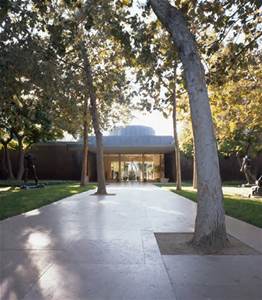Oct 15 2021 - Mar 7 2022
Pasadena, CA
In the early modern period—that is, the centuries following the Middle Ages—works of art were thought to have such power that they affected the viewer physically. In some ways, this concept is still familiar to us: visual imagery can make us laugh, blush or even feel the sting of tears. Other responses, however, are less recognizable. In both Europe and Latin America, images were believed to heal or to injure. Theories of vision suggested that through the process of perception, images could literally stamp themselves onto the mind of the viewer.
The Expressive Body examines the ways in which the human form has provoked powerful responses, from the physiological to the mystical. For viewers in the 15th to 18th centuries, these physical effects were assumed to be part of the experience of looking at and interpreting art objects. From erotic works produced for wealthy patrons to venerated statues of the wounded Christ in local chapels, representations of the body stimulated visceral and often self-reflexive reactions of desire, compassion or aversion.
Viewers experienced art objects in multisensory ways, by caressing sculptures, handling prints and kissing sacred images. But even a glance could have potential consequences. Medical theory suggested that gazing at representations of beautiful lovers could lead to the conception of handsome and healthy children, while spiritual practice encouraged meditating on the portrayal of a tortured martyr in order to empathize with his or her torment. [...]
Credit: Exhibition overview from museum website
Exhibition Venues & Dates
Oct 15 2021 - Mar 7 2022
Pasadena, CA
